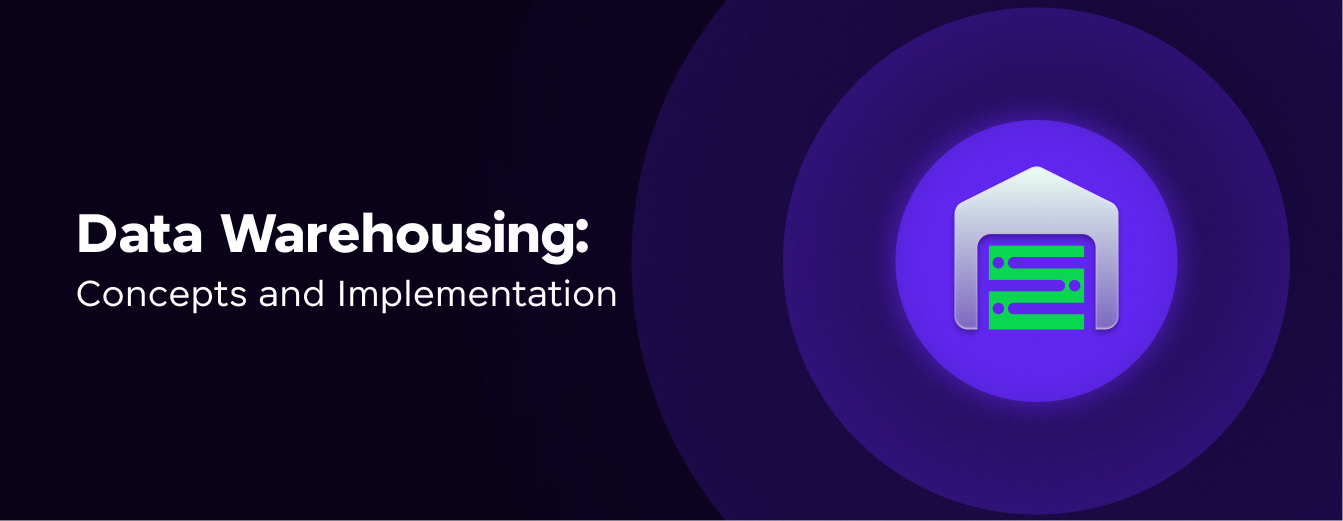
Data Warehousing: Concepts and Implementation for Data Management
Mar 12, 2025 6 Min Read 5012 Views
(Last Updated)
In today’s data-driven world, businesses rely heavily on comprehensive and well-organized data to make informed decisions and gain competitive advantages. Data warehousing plays an important role in this landscape, providing a structured approach to storing and analyzing vast amounts of data from various sources.
Data warehousing involves consolidating and integrating data from different operational systems into a centralized repository. This repository, known as a data warehouse, serves as a foundation for business intelligence, reporting, and analytics. By organizing data in a meaningful way, businesses can uncover valuable insights, trends, and patterns that drive strategic decision-making.
This blog explores the fundamental concepts of data warehousing, its components, design considerations, implementation steps, benefits, challenges, and future trends. By understanding these aspects, businesses can use data warehousing to enhance operational efficiency, improve decision-making processes, and advance innovation in their respective industries. Let’s begin!
Table of contents
- What is Data Warehousing?
- Data Warehousing: Concepts and Implementation
- Components of a Data Warehouse
- Data Warehouse Design Considerations
- Implementation Steps
- Benefits of Data Warehousing
- Challenges and Considerations
- Conclusion
- FAQs
- What is the primary purpose of a data warehouse?
- What are the key components of a data warehouse architecture?
- How does dimensional modeling differ from normalized modeling in data warehouse design?
What is Data Warehousing?
Data warehousing is a technology-driven process used to collect, store, and manage large amounts of historical data from various sources within an organization. The primary purpose of a data warehouse is to support business intelligence activities, including data analysis and reporting.
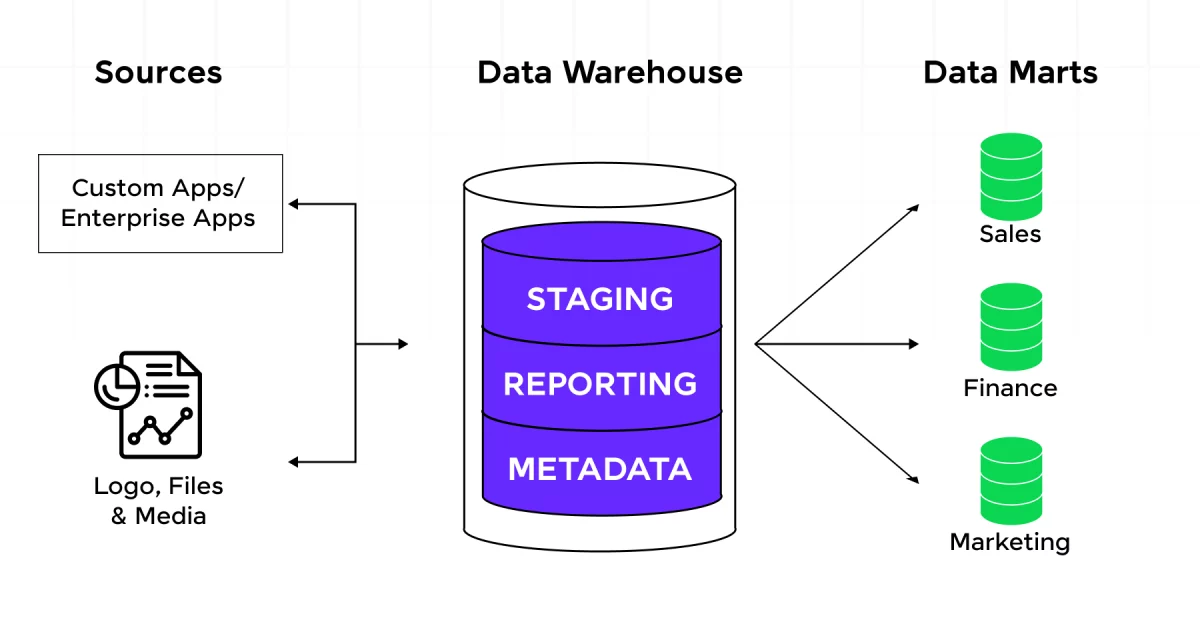
Key aspects of data warehousing include:
- Integration: Data from multiple sources is cleaned, formatted, and consolidated into a single repository.
- Subject-oriented: Data is organized around major subjects of the enterprise (e.g., customers, products, sales).
- Time-variant: Data is stored as a series of snapshots, each representing a period of time.
- Non-volatile: Once data enters the warehouse, it is not changed or deleted.
- Support for decision-making: Enables complex queries and analysis for better business insights.
Data warehouses are designed to handle large volumes of data efficiently and are optimized for read-heavy operations like querying and reporting, rather than for transactional processing.
Before we move to the next part, you should have a deeper knowledge of data engineering concepts. You can consider enrolling yourself in GUVI’s Big Data and Cloud Analytics Course, which lets you gain practical experience by developing real-world projects and covers technologies including data cleaning, data visualization, Infrastructure as code, database, shell script, orchestration, cloud services, and many more.
Additionally, if you would like to explore Data Engineering and Big Data through a Self-paced course, try GUVI’s Data Engineering and Big Data self-paced course.
Also Explore: How Does Database Servers Work? Explained with Illustrations
Having established a clear understanding of what data warehousing is and its significance in managing and analyzing large volumes of data, let’s explore the essential concepts and practical aspects of implementing a data warehouse.
Data Warehousing: Concepts and Implementation
Let’s explore the concepts and implementation of data warehousing, exploring its components, design considerations, implementation steps, benefits, challenges, and future trends.
Also Read: Top 15 Data Engineering Interview Questions and Answers
Components of a Data Warehouse
A data warehouse is a complex system comprised of several key components that work together to store, manage, and analyze large volumes of data from various sources. Understanding these components is important for the successful implementation and operation of a data warehouse.
1) Source Systems
These are the primary origins of data that feed into the warehouse. They can include operational databases, external data sources, flat files, and other data storage systems. Source systems typically contain raw, transactional data that needs to be transformed and integrated before it can be used for analysis.
2) Data Staging Area
Also known as the extraction, transformation, and loading (ETL) layer, this component serves as an intermediate storage area where data from various sources is temporarily held. Here, data undergoes cleaning, transformation, and integration processes to ensure consistency and quality before being loaded into the main data warehouse.
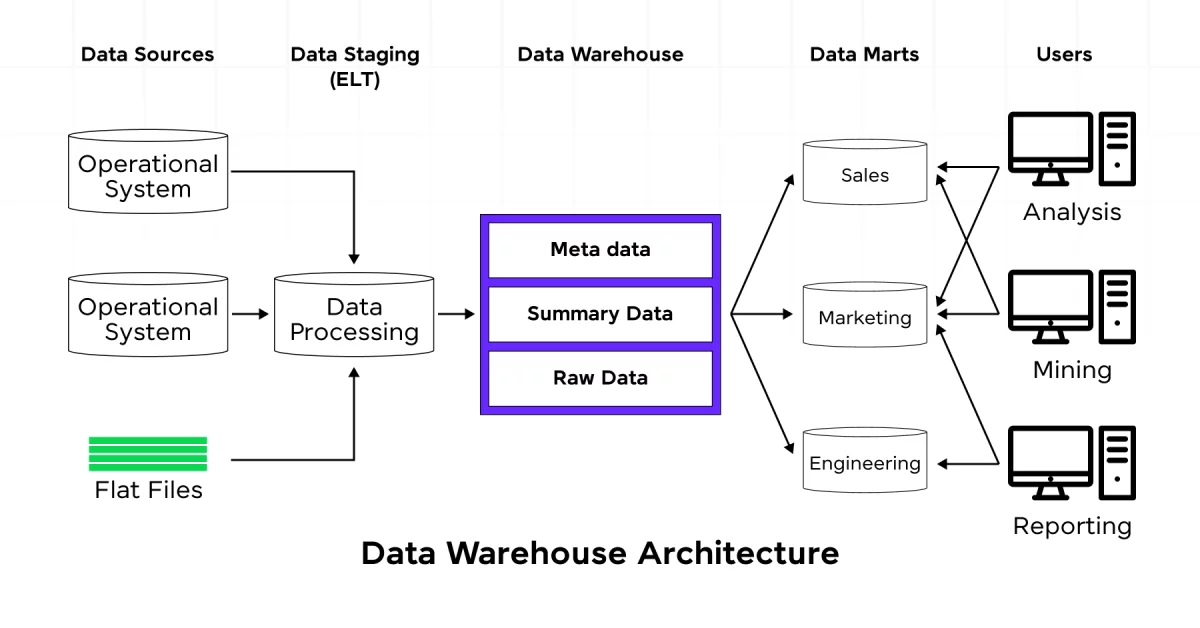
3) Data Warehouse Database
This is the central repository where the cleaned and transformed data is stored. It is typically implemented using a relational database management system (RDBMS) optimized for querying and analysis rather than transaction processing. The data warehouse database is designed to support complex queries and provide fast access to large volumes of historical data.
Also Read About Types of DBMS: Relational vs. Non-Relational Databases
4) Data Mart
Data marts are subsets of the main data warehouse, tailored to meet the specific needs of different departments or business units within an organization. They contain summarized and aggregated data relevant to particular business functions, making it easier for users to access and analyze information pertinent to their roles.
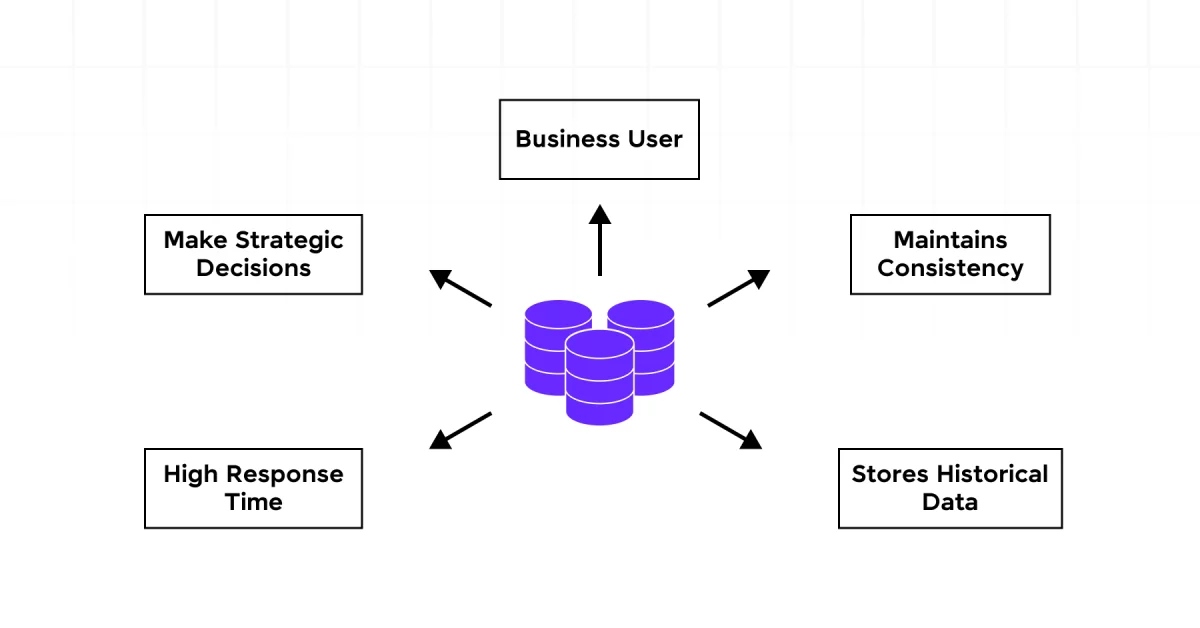
5) Metadata Repository
Metadata, or “data about data,” is important for managing and understanding the contents of a data warehouse. The metadata repository stores information about data sources, transformations, business rules, data models, and other technical and business-related details. This component helps in maintaining data lineage, ensuring data quality, and facilitating effective data governance.
6) Query and Analysis Tools
These are the front-end applications that enable users to interact with the data warehouse. They include business intelligence (BI) tools, reporting software, data mining applications, and visualization tools. These components allow users to extract insights, generate reports, and perform complex analyses on the data stored in the warehouse.
7) Data Access Layer
This component acts as an interface between the query tools and the data warehouse database. It manages user access, security, and query optimization to ensure efficient and secure data retrieval.
Also Read: Top 8 Career Opportunities for Data Engineers
Data Warehouse Design Considerations
Designing an effective data warehouse requires careful planning and consideration of various factors to ensure it meets the organization’s needs and performs optimally.
1) Business Requirements Analysis
The first step in designing a data warehouse is to thoroughly understand the organization’s business requirements. This involves identifying key performance indicators (KPIs), reporting needs, and analytical goals. Engaging with stakeholders from different departments helps ensure that the data warehouse will support diverse business needs.
2) Data Modeling
Choosing the right data model is important for the success of a data warehouse. Common approaches include:
- Star Schema: A simple, denormalized model with a central fact table surrounded by dimension tables.
- Snowflake Schema: A variation of the star schema with normalized dimension tables.
- Galaxy Schema: Multiple fact tables share dimension tables, suitable for complex business scenarios.
The choice of schema depends on the complexity of the data, query performance requirements, and maintenance considerations.
3) Granularity and Aggregation
Determining the level of detail (granularity) at which data should be stored is a critical design decision. While finer granularity provides more flexibility for analysis, it also increases storage requirements and can impact query performance. Designing appropriate aggregation levels helps balance these concerns.
Also Explore: Mastering Database Optimization: Advanced Indexing Techniques for Performance [2024]
4) Scalability
As data volumes grow exponentially, the data warehouse design must account for future scalability. This includes choosing appropriate hardware and software architectures, implementing partitioning strategies, and planning for distributed processing capabilities.
5) Data Integration and Quality
Ensuring data quality and consistency across various source systems is a significant challenge. The design should include robust data integration processes, data cleansing rules, and quality checks to maintain the integrity and reliability of the warehouse data.
6) Performance Optimization
Query performance is important for user adoption and satisfaction. Design considerations should include indexing strategies, materialized views, partitioning, and query optimization techniques to ensure fast response times for complex analytical queries.
7) Security and Access Control
Implementing appropriate security measures and access controls is essential to protect sensitive data and comply with regulatory requirements. This includes user authentication, role-based access control, data encryption, and audit logging.
8) Historical Data Management
Determining how to handle historical data is an important design consideration. This includes deciding on data retention policies, archiving strategies, and how to manage slowly changing dimensions.
Also Read: Data Transformers: Roles and Responsibilities of Data Engineers
Implementation Steps
Implementing a data warehouse is a complex process that requires careful planning and execution. Here are the key steps involved:
1) Project Planning and Scoping
- Define project objectives and scope
- Identify key stakeholders and form a project team
- Develop a project timeline and budget
- Establish success criteria and metrics
2) Requirements Gathering
- Conduct interviews with business users and IT stakeholders
- Document business requirements and use cases
- Identify data sources and assess data quality
- Define reporting and analytical needs
3) Architecture Design
- Choose the appropriate data warehouse architecture (e.g., centralized, distributed, or hybrid)
- Select hardware and software platforms
- Design the overall system architecture, including ETL processes, storage, and access layers
4) Data Modeling
- Develop conceptual, logical, and physical data models
- Design fact and dimension tables
- Define relationships and hierarchies
- Create metadata definitions
5) ETL Design and Development
- Design extraction processes for each data source
- Develop transformation rules and data cleansing logic
- Implement loading procedures for the data warehouse
- Create error handling and logging mechanisms
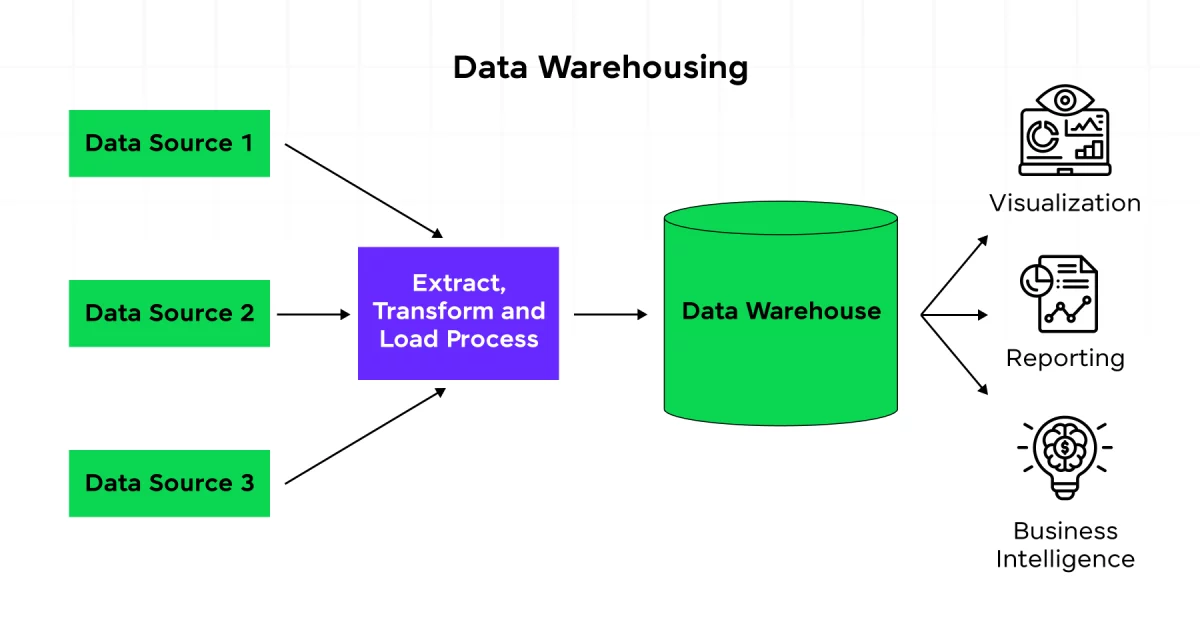
6) Database Implementation
- Set up the physical database based on the chosen architecture
- Implement partitioning and indexing strategies
- Configure storage and performance optimization features
Also Explore: Revolutionizing Data Handling: Big Data Management with DBMS Dissected
7) Front-end Development
- Install and configure BI and reporting tools
- Develop dashboards, reports, and analytical applications
- Create user interfaces for data access and exploration
8) Testing and Quality Assurance
- Perform unit testing of ETL processes and database objects
- Conduct integration testing of the entire data warehouse system
- Validate data quality and consistency
- Perform performance testing and optimization
9) User Training and Documentation
- Develop user manuals and training materials
- Conduct training sessions for end-users and administrators
- Create technical documentation for IT support
10) Deployment and Go-Live
- Plan and execute the production deployment
- Perform final data loads and verifications
- Monitor system performance and address any issues
11) Post-Implementation Support and Maintenance
- Establish ongoing support processes
- Implement regular maintenance and optimization procedures
- Plan for future enhancements and expansions
Also Read: Data Engineering Career Roadmap: 7 Things You Should Know About!
Benefits of Data Warehousing
Implementing a data warehouse can bring numerous benefits to an organization:
1) Improved Decision Making: By providing a single, comprehensive view of organizational data, data warehouses enable more informed and timely decision-making at all levels of the organization.
2) Enhanced Business Intelligence: Data warehouses serve as the foundation for advanced analytics and business intelligence initiatives, allowing organizations to gain deeper insights into their operations, customers, and markets.
3) Historical Analysis: Unlike operational systems that focus on current data, data warehouses store historical information, enabling trend analysis and long-term performance tracking.
4) Data Quality and Consistency: The ETL processes involved in data warehousing help improve overall data quality by enforcing data cleansing and standardization across disparate sources.
5) Increased Operational Efficiency: By offloading analytical queries from operational systems, data warehouses help improve the performance of day-to-day business processes.
6) Time Savings: Centralized data storage and pre-built reports save time for both IT departments and business users in data retrieval and analysis.
7) Competitive Advantage: The insights gained from data warehousing can help organizations identify new opportunities, optimize operations, and stay ahead of competitors.
8) Regulatory Compliance: Data warehouses can facilitate compliance with various regulations by providing a centralized platform for data governance and audit trails.
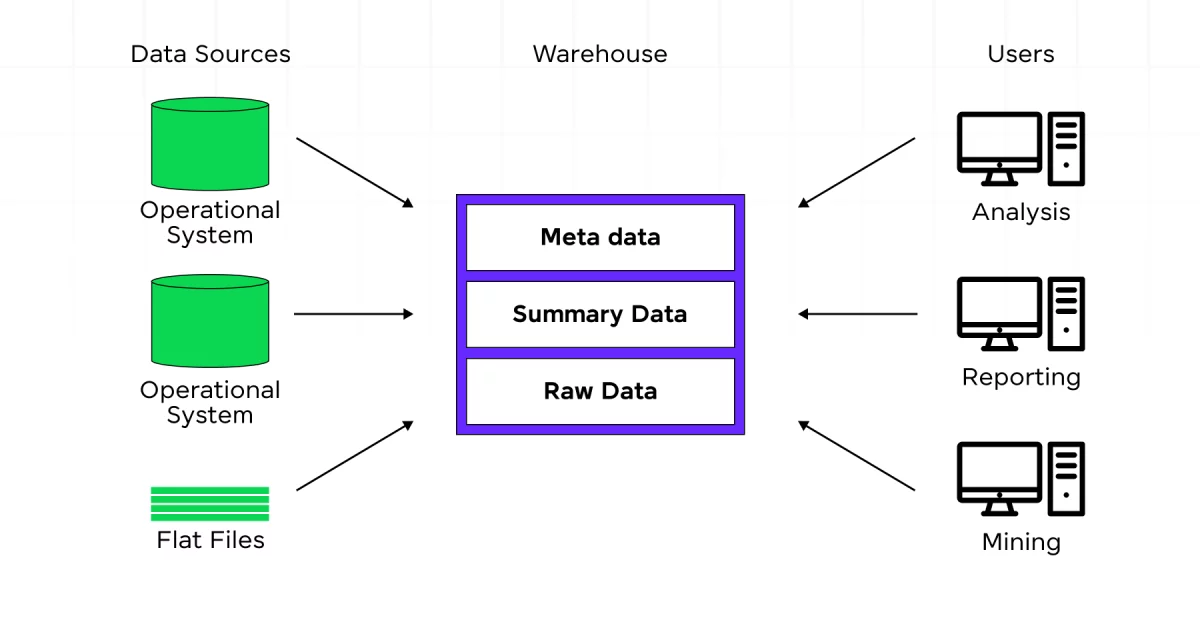
Also Read: How Long it Would Take to Learn Data Engineering in 2024?
Challenges and Considerations
While data warehousing offers significant benefits, it also comes with several challenges:
1) High Initial Costs: Implementing a data warehouse requires significant investment in hardware, software, and human resources.
2) Complex Implementation: Data warehouse projects can be time-consuming and complex, requiring careful planning and execution.
3) Data Quality Issues: Ensuring data quality across multiple source systems can be challenging and requires ongoing effort.
d) User Adoption: Encouraging users to adopt new tools and processes can be difficult, requiring change management and training efforts.
4) Scalability and Performance: As data volumes grow, maintaining query performance and managing storage becomes increasingly challenging.
5) Data Security and Privacy: Centralizing data in a warehouse raises security concerns and requires robust protection measures.
6) Keeping Up with Changing Business Needs: Business requirements evolve over time, requiring the data warehouse to be flexible and adaptable.
7) Integration with New Technologies: As new data sources and technologies emerge, integrating them into existing data warehouse architectures can be complex.
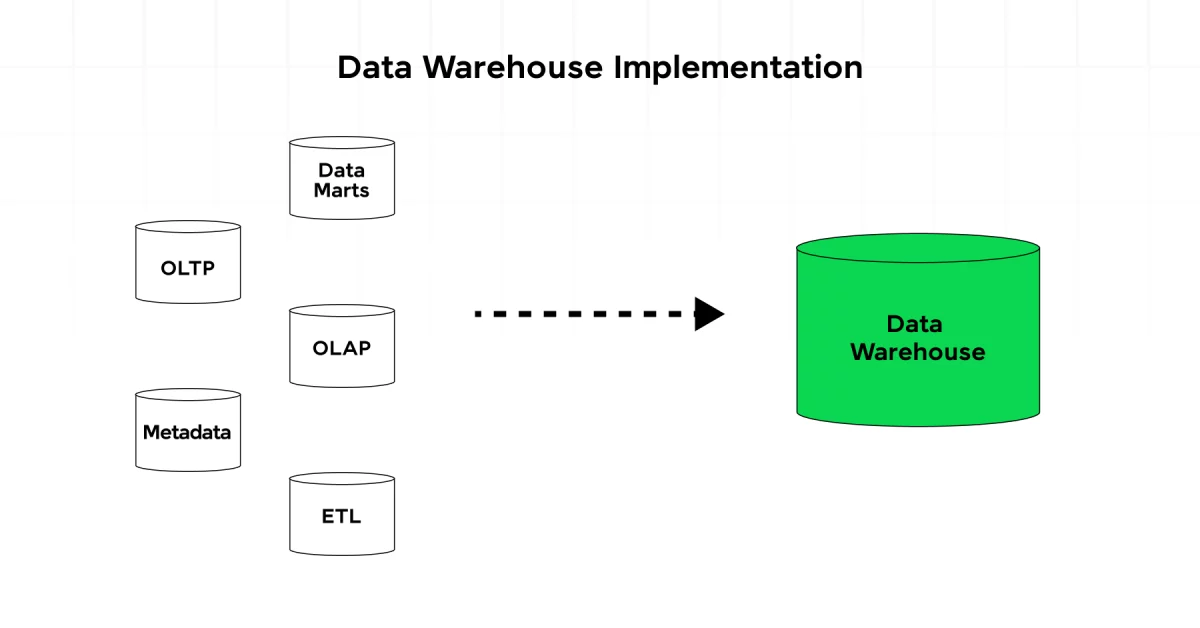
Also Read: What Is a Data Engineer? A Complete Guide to this Data Career
Kickstart your career by enrolling in GUVI’s Big Data and Cloud Analytics Course where you will master technologies like data cleaning, data visualization, Infrastructure as code, database, shell script, orchestration, and cloud services, and build interesting real-life cloud computing projects.
Alternatively, if you want to explore Data Engineering and Big Data through a Self-paced course, try GUVI’s Data Engineering and Big Data Self-Paced course.
Conclusion
Data warehousing remains a critical component of modern data management and business intelligence strategies. By centralizing and organizing data from diverse sources, data warehouses enable organizations to gain valuable insights, improve decision-making, and drive business success.
However, implementing and maintaining a data warehouse is a complex undertaking that requires careful planning, significant investment, and ongoing commitment.
As technology continues to evolve, the future of data warehousing looks promising, with trends like cloud-based solutions, real-time processing, and advanced analytics capabilities opening up new possibilities. Organizations that successfully navigate the challenges of data warehousing and embrace these emerging trends will be well-positioned to thrive in an increasingly data-driven business landscape.
Also Explore: A Comprehensive Guide on DBMS Trends in 2024
FAQs
The primary purpose of a data warehouse is to consolidate and integrate data from various operational systems into a centralized repository. Unlike transactional databases, data warehouses are optimized for complex queries and analytical reporting.
By providing a unified view of organizational data, data warehouses support informed decision-making and strategic insights across the organization.
Key components of a data warehouse architecture include data sources (internal and external systems), the ETL (Extract, Transform, Load) process for data integration, structured data storage optimized for analytics, and a metadata repository.
Together, these components ensure data consistency, facilitate efficient querying and enable comprehensive data analysis for business intelligence purposes.
Dimensional modeling organizes data into star or snowflake schemas with fact tables (metrics) and dimension tables (descriptive attributes), facilitating intuitive querying and analysis. In contrast, normalized modeling reduces data redundancy and ensures data integrity by organizing data into multiple related tables.






















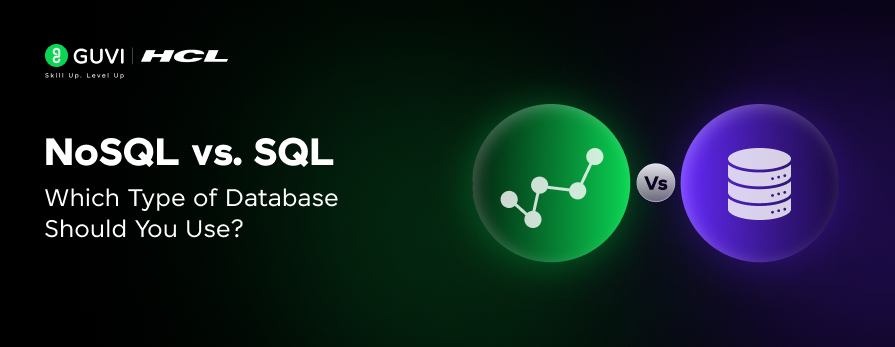
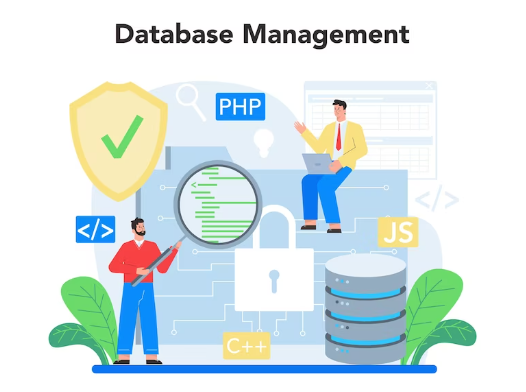
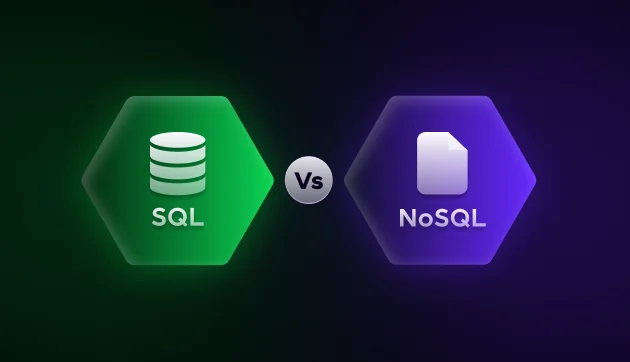
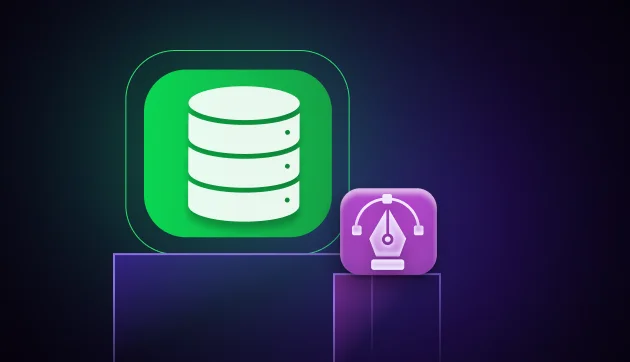
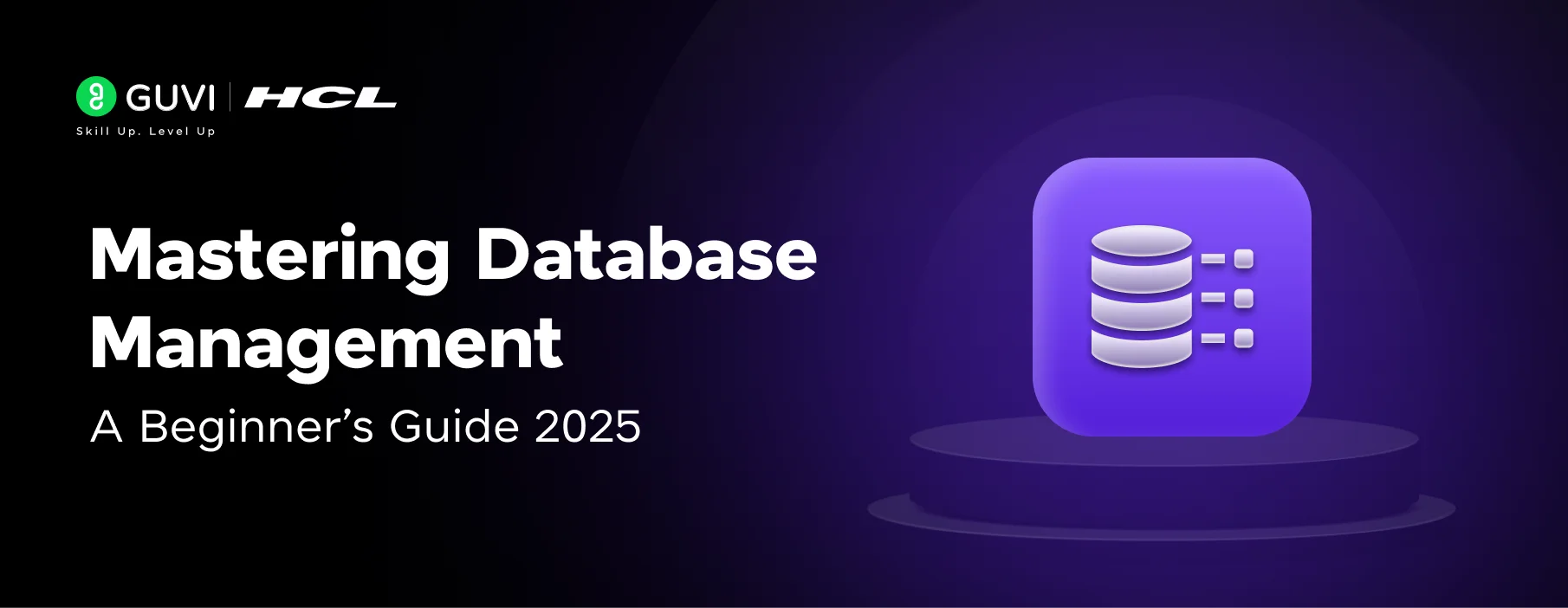
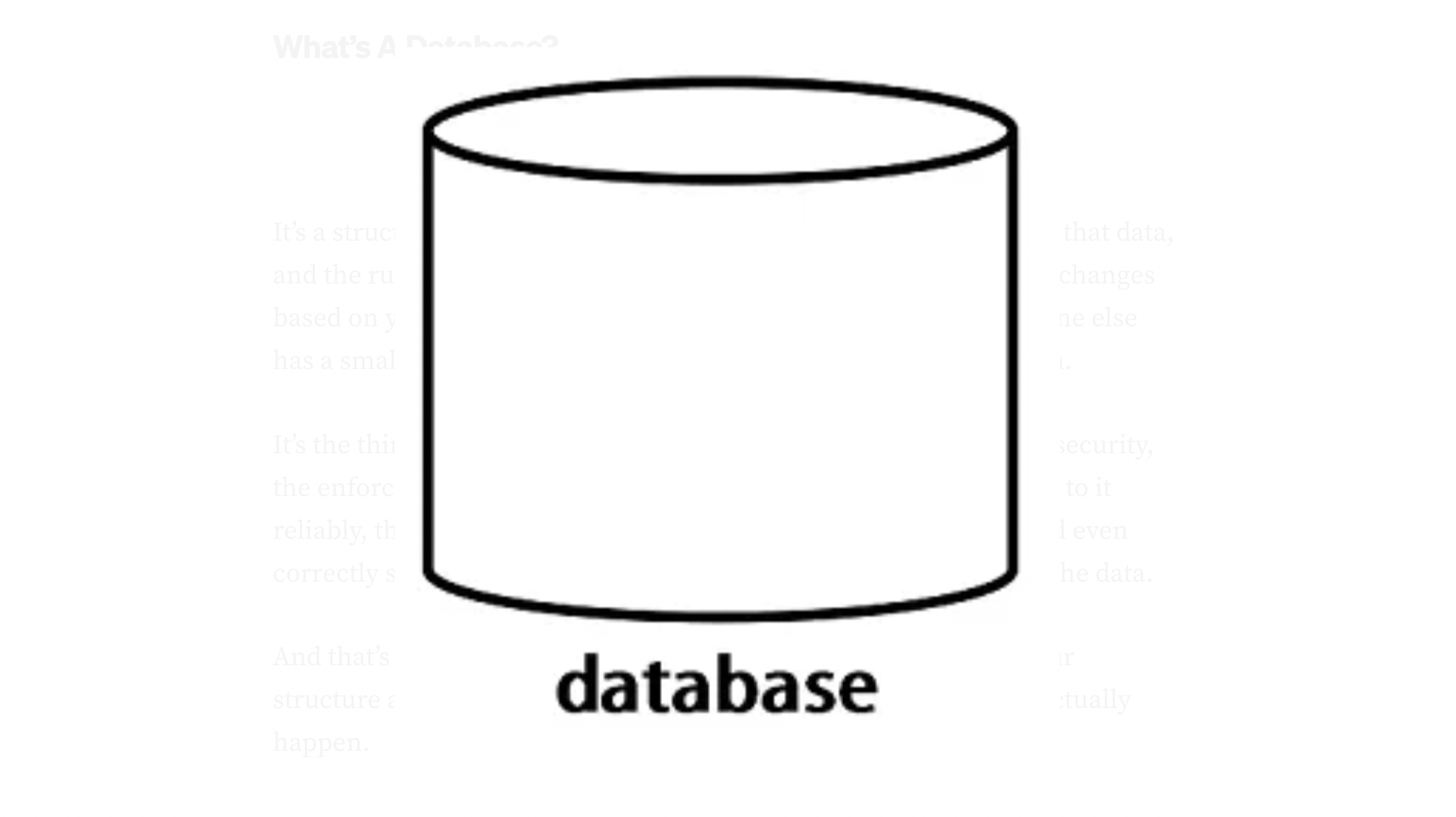



Did you enjoy this article?